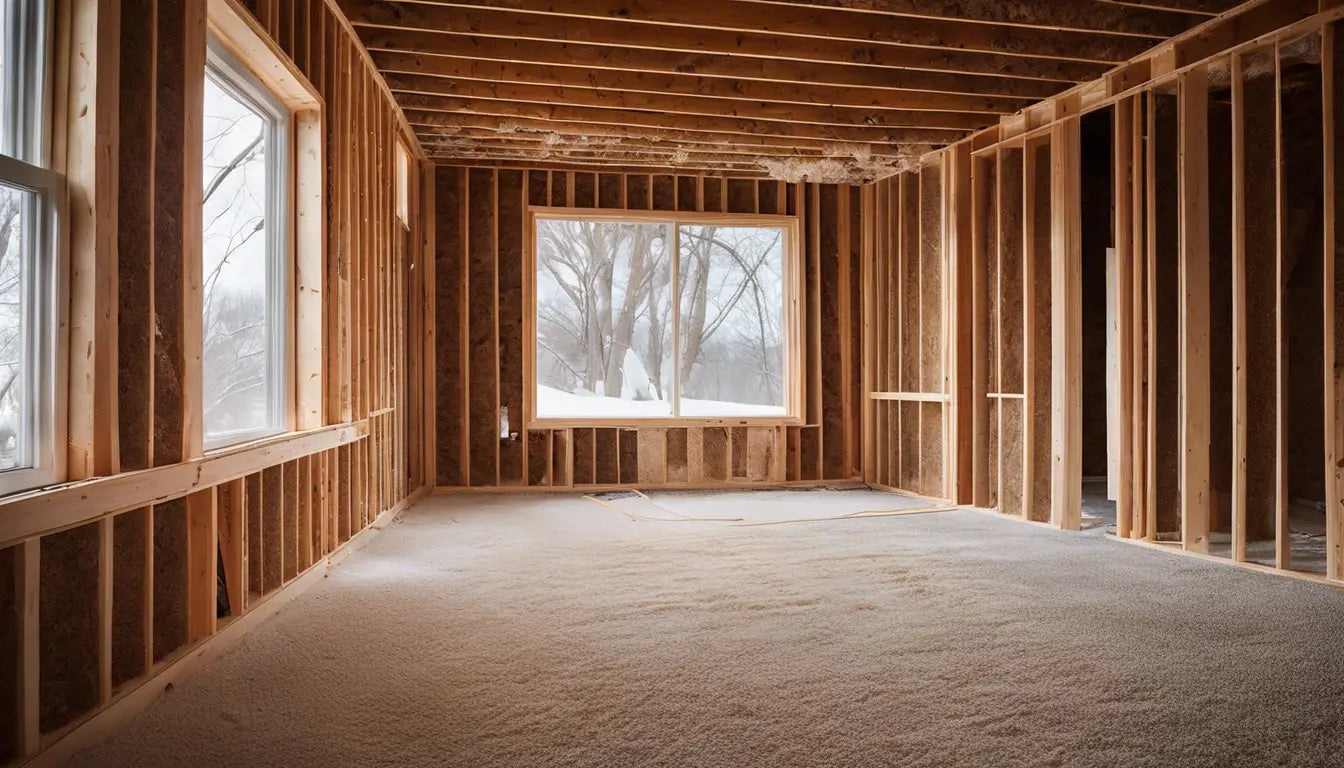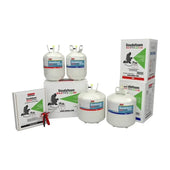Spray foam insulation is a popular choice for many homeowners and contractors looking to insulate a property for its excellent air-sealing properties and its high thermal resistance. However, like any material, it comes with its own set of disadvantages. Addressing the question of "what are the disadvantages of spray foam insulation" requires a balance between acknowledging its drawbacks and providing solutions to mitigate them.
Health Concerns
One of the most pressing disadvantages is the health concerns associated with the improper application of spray foam. It’s composed of a mixture of chemicals that can potentially be harmful. In particular, the application process can release airborne chemicals that may cause respiratory problems. Ensuring proper ventilation during and after installation is key, and learning about what chemicals are in spray foam insulation can help homeowners make informed decisions.
Cost Factors
Another disadvantage is the cost. Spray foam insulation tends to be more expensive than traditional insulation materials like fiberglass or cellulose. Although it may provide significant energy savings over time, the upfront cost can be prohibitive for some budgets. Prospective buyers should weigh the pros and cons of spray foam insulation to assess whether the initial investment would be worth the potential savings.
Installation Complexities
Spray foam insulation must be applied correctly to be effective, which often requires professional installation. If applied incorrectly, it can lead to uneven insulation, gaps, or too much moisture being trapped, which might cause mold growth. Understanding potential problems with spray foam insulation and hiring experienced professionals can alleviate these issues.
Potential for Mold Growth
Moisture control is another important consideration. Improperly installed spray foam can trap moisture and create an environment ripe for mold. Homeowners looking for insights on whether spray foam insulation can cause mold should ensure that the insulation is paired with good ventilation to manage moisture effectively.
Respiratory Difficulties and Off-gassing
The discussion around the dangers of spray foam insulation often includes the potential for respiratory problems, particularly during the installation process and while the foam is curing. Furthermore, some spray foams can off-gas volatile organic compounds (VOCs), leading to indoor air quality issues. Proper installation and curing times, along with knowledge about how spray foam insulation off-gasses, can mitigate these risks.
Long-term Effects
Considering the long-term implications of installing spray foam is important. While it is known for its ability to reduce energy costs, the long-term effects of spray foam insulation should be part of the decision-making process to understand how it ages and potentially impacts the resale value of a home.
Removal and Replacement
A significant disadvantage of spray foam is that it can be very difficult to remove if it needs to be replaced or if a homeowner wants to make changes to their structure. Those considering a remodel or who just want to know what's involved should explore how to remove spray foam insulation carefully.
Building Codes and Fire Safety
Spray foam insulation must adhere to local building codes, and some types of foam insulation require a thermal or ignition barrier for additional safety. Researching whether spray foam insulation needs to be covered with such barriers is critical in order to comply with safety standards.
Here’s a summarized table for quick reference on the disadvantages and solutions:
| Disadvantages of Spray Foam Insulation | Solutions |
|---|---|
| Health risks during application | Ensure proper ventilation and protective equipment |
| High upfront cost | Evaluate long-term energy savings vs. initial investment |
| Installation complexity | Hire experienced professionals |
| Potential for mold growth | Ensure proper application and moisture control |
| Respiratory problems and off-gassing | Allow for proper curing time and check VOC levels |
| Long-term impact on the property | Consider how it affects home value and resale potential |
| Difficult to remove and replace | Understand the process and seek professional assistance |
| Compliance with building codes | Ensure that fire safety requirements are met |
In conclusion, while spray foam insulation offers many benefits, the disadvantages should not be overlooked. By understanding the potential issues and adopting best practices for installation and maintenance, homeowners and contractors can ensure that the advantages of spray foam insulation outweigh its disadvantages. With thoughtful consideration and the right expertise, spray foam remains a viable and effective way to insulate a home.





















































